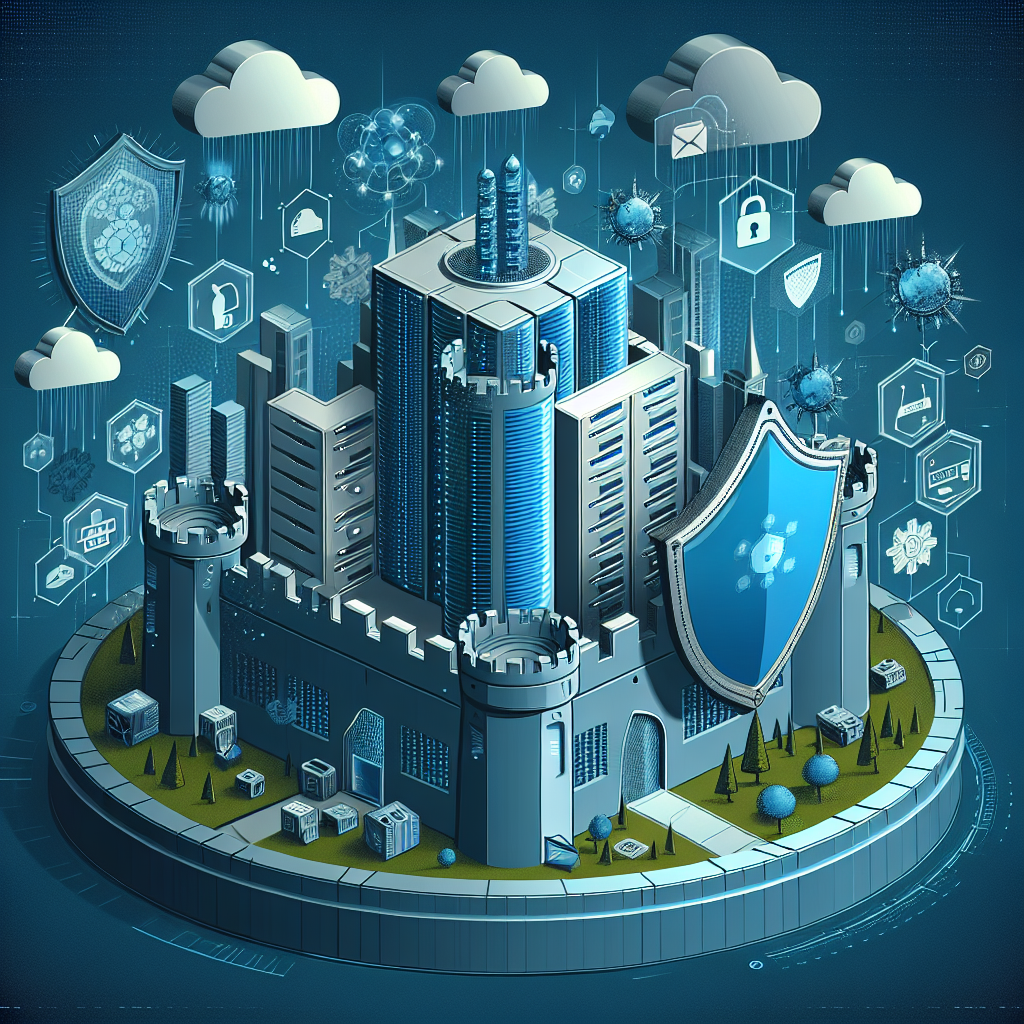In today’s digital age, data loss and downtime can have catastrophic consequences for businesses. Whether it’s due to natural disasters, cyber attacks, or hardware failures, the loss of critical data can result in significant financial losses, damage to reputation, and ultimately, the demise of a company.
To mitigate these risks, organizations must have a robust disaster recovery plan in place that includes data center resilience best practices. By implementing these strategies, businesses can ensure that their data is protected and their operations can quickly recover in the event of a disaster.
One of the key best practices for data center resilience is to have a comprehensive backup and recovery strategy. This includes regularly backing up all critical data, applications, and systems, both on-site and off-site. By having multiple copies of data stored in different locations, businesses can minimize the risk of data loss and ensure quick recovery in the event of a disaster.
Another important best practice is to implement redundancy in data center infrastructure. This means having backup systems, power sources, and network connections in place to ensure continuous operation even in the face of hardware failures or outages. Redundancy can help minimize downtime and ensure that critical systems remain operational during a disaster.
Additionally, businesses should regularly test their disaster recovery plans to ensure they are effective and up-to-date. This includes conducting simulated disaster scenarios and testing the recovery process to identify any weaknesses or gaps in the plan. By regularly testing and updating the disaster recovery plan, organizations can be better prepared to handle a real disaster when it occurs.
Furthermore, organizations should consider implementing disaster recovery as a service (DRaaS) solutions. DRaaS providers offer cloud-based backup and recovery services that can help businesses quickly recover their data and systems in the event of a disaster. These solutions can provide added security, scalability, and flexibility, making them a valuable addition to any disaster recovery plan.
In conclusion, disaster recovery and data center resilience are critical components of a business’s overall risk management strategy. By implementing best practices for protection, such as backup and recovery strategies, redundancy in infrastructure, regular testing, and DRaaS solutions, organizations can ensure the safety and security of their data and operations in the face of any disaster. Investing in these measures now can help businesses avoid costly downtime and potential business failure in the future.

Leave a Reply
You must be logged in to post a comment.